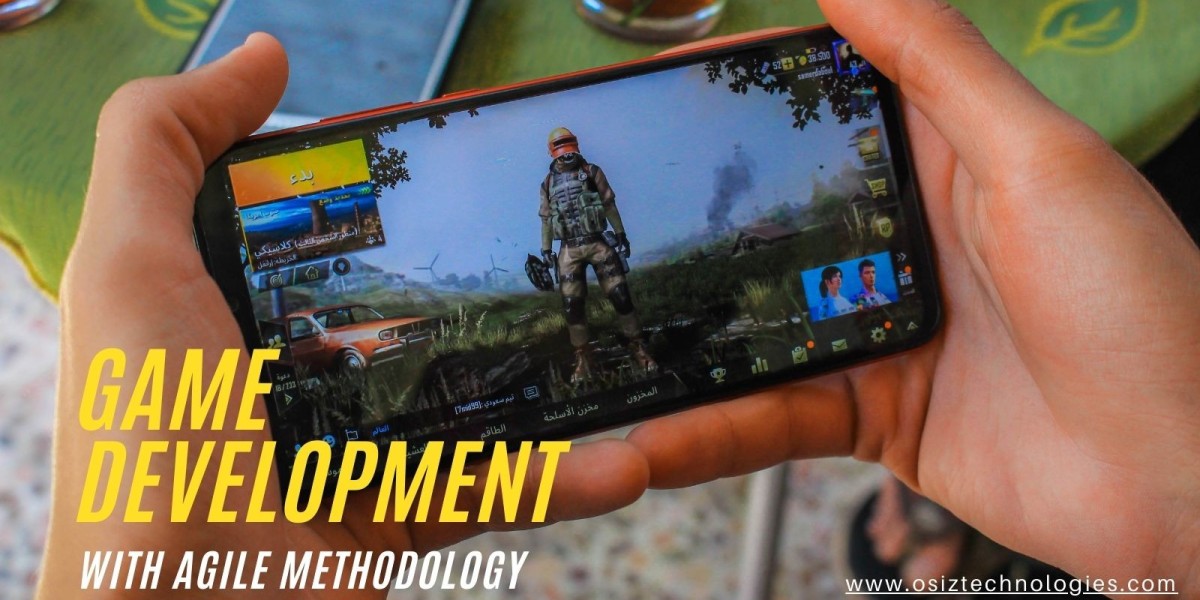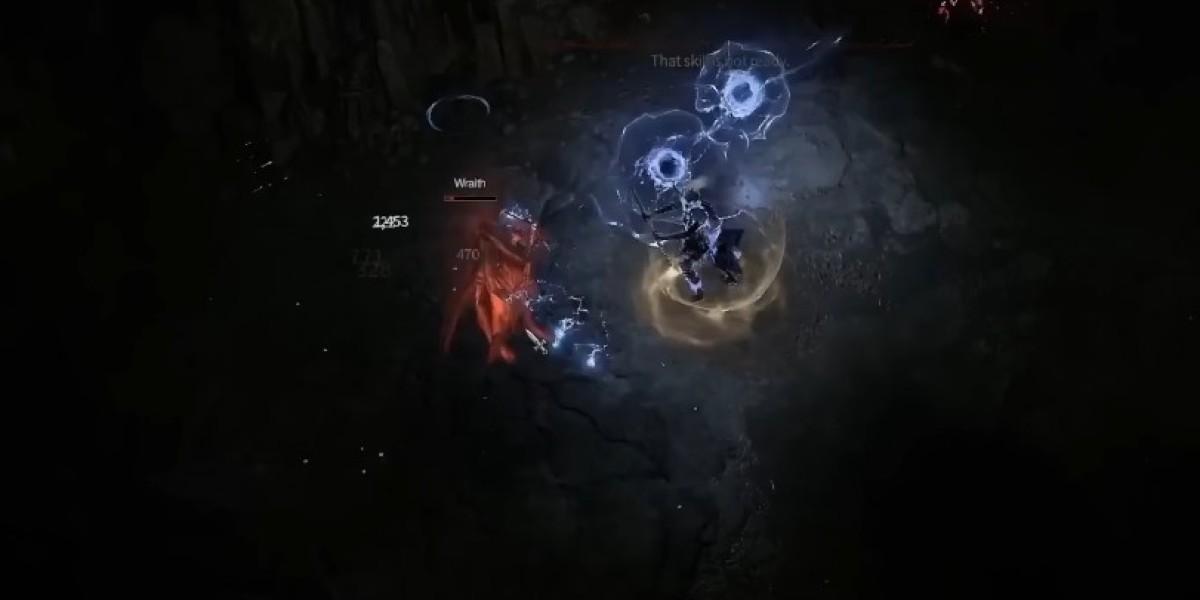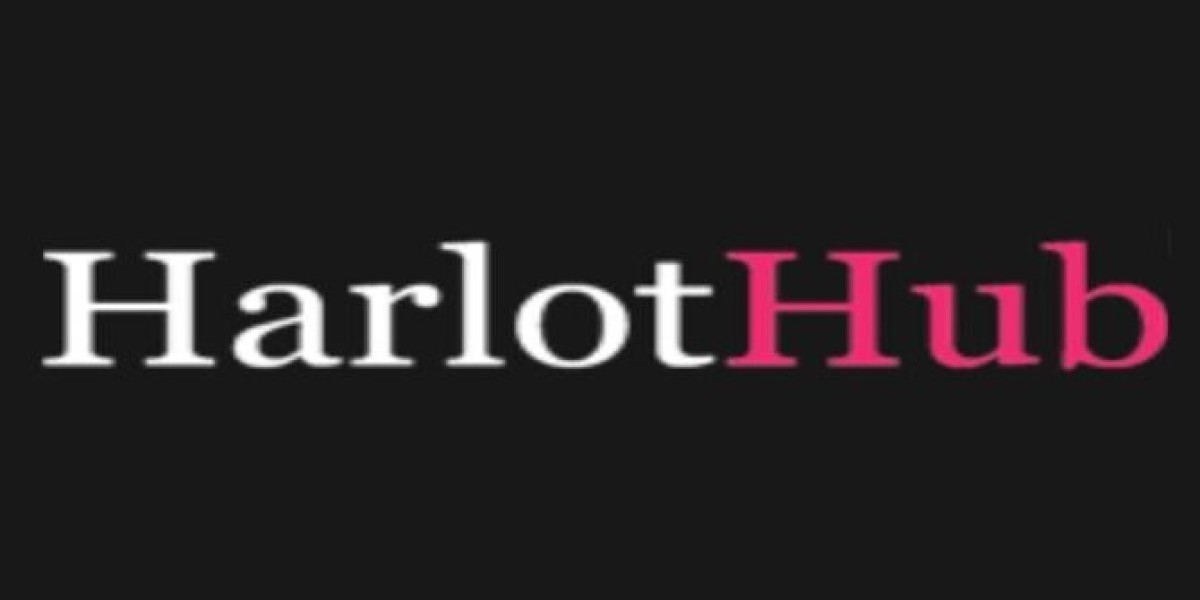A - Agile Fundamentals: Agile methodology emphasizes flexibility, collaboration, and iterative progress. It’s ideal for game development due to the dynamic nature of creative processes. Agile enables teams to adapt to changes quickly, ensuring the game evolves in alignment with both the market and user feedback.
B - Backlog Creation: The product backlog is a prioritized list of features, enhancements, and bug fixes. It serves as the roadmap for the development team, ensuring everyone knows what needs to be done and when. This living document evolves as the game develops and new ideas emerge.
C - Cross-Functional Teams: Agile relies on diverse teams that include designers, developers, artists, and testers working together to deliver game features. This collaboration fosters innovation and ensures that all aspects of game development are considered simultaneously.
D - Daily Stand-Ups: Short, daily meetings where team members discuss progress, plans for the day, and any blockers they’re facing. These stand-ups keep everyone aligned, promote transparency, and allow for quick resolution of issues.
E - Epics and User Stories: Epics are large, overarching tasks broken down into user stories—smaller, actionable items that represent specific game features or improvements. This breakdown makes complex projects manageable and ensures that every aspect of the game is well-defined and achievable.
F - Flexibility: Agile allows for changes in the game’s design and features based on feedback and new ideas, ensuring the game remains engaging and relevant. Flexibility is crucial in game development where creative processes often lead to new and better ideas.
G - Goals: Setting clear, achievable goals for each sprint (a set period during which specific work is completed) helps keep the development on track. These goals ensure that the team remains focused and productive, delivering tangible progress regularly.
H - Handoff: Collaboration tools ensure smooth handoffs between team members, from concept artists to developers and testers. Efficient handoffs reduce delays and ensure that everyone has what they need to continue their work seamlessly.
I - Iteration: Game development in Agile is iterative, meaning the game is developed through repeated cycles of development, testing, and feedback. Iteration allows for continuous improvement and refinement of the game, ensuring a high-quality final product.
J - JIRA and Other Tools: Tools like JIRA help manage the backlog, track progress, and facilitate communication within the team. These tools are essential for maintaining organization and transparency in the development process.
K - Kanban Boards: Visual project management tools that help track the progress of tasks through different stages of development. Kanban boards provide a clear, visual representation of the project’s status, helping teams stay organized and focused.
L - Learning and Adaptation: After each sprint, teams review what worked and what didn’t, adapting processes and plans for future sprints. This continuous learning approach helps teams improve their workflows and avoid repeating mistakes.
M - Minimum Viable Product (MVP): Agile focuses on developing a basic version of the game that can be tested and iterated upon, ensuring that core mechanics and features are solid before expanding. The MVP approach allows for early feedback and adjustments, saving time and resources in the long run.
N - Networking and Collaboration: Effective communication within the team and with stakeholders ensures that everyone’s vision and expectations are aligned. Networking and collaboration are key to a cohesive development process and a successful final product.
O - Open Communication: Transparency is key in Agile. Regular updates and open lines of communication help prevent misunderstandings and keep everyone on the same page. Open communication fosters trust and a collaborative spirit within the team.
P - Playtesting: Frequent playtesting sessions help gather feedback from real users, informing further development and refinement of the game. Playtesting ensures that the game is fun, engaging, and free of critical issues before its final release.
Q - Quality Assurance: Continuous testing is integral to Agile, ensuring that each iteration of the game is stable and meets quality standards. Quality assurance is an ongoing process that helps maintain high standards throughout development.
R - Retrospectives: At the end of each sprint, teams hold a retrospective meeting to discuss what went well, what could be improved, and how to apply these lessons to future sprints. Retrospectives foster a culture of continuous improvement and learning.
S - Sprints: Agile divides the development process into sprints, usually lasting 1-4 weeks, where specific tasks and goals are tackled. Sprints create a sense of urgency and focus, driving the team to deliver results in short, manageable timeframes.
T - Team Collaboration: Agile thrives on the collaboration and synergy between team members, leveraging each person’s strengths for the benefit of the project. Team collaboration ensures that all aspects of the game are well-integrated and polished.
U - User Feedback: Gathering and integrating feedback from users is a continuous process, ensuring the game evolves based on real player experiences. User feedback helps the team prioritize features and improvements that will enhance the overall gameplay experience.
V - Value Delivery: Each sprint aims to deliver tangible value, whether it’s a new feature, an improved mechanic, or a polished asset. Regular value delivery keeps stakeholders satisfied and provides clear indicators of progress.
W - Workflow Efficiency: Agile methodologies streamline the workflow, minimizing bottlenecks and ensuring smooth progression from concept to completion. Efficient workflows enable the team to be more productive and responsive to changes.
X - eXtreme Programming (XP): An Agile framework that emphasizes technical excellence and high-quality code, often used in conjunction with other Agile practices. XP practices like pair programming and test-driven development improve code quality and team collaboration.
Y - Yielding Results: Agile’s iterative approach helps ensure consistent progress and visible results, maintaining momentum and motivation within the team. Regularly yielding results keeps the team motivated and stakeholders engaged.
Z - Zeroing in on the End Goal: Despite the iterative nature of Agile, keeping the end goal in sight ensures that all efforts are directed towards delivering a compelling, enjoyable game. Focusing on the end goal helps the team make strategic decisions that align with the game’s vision.
Agile methodology transforms game development into a dynamic, flexible process that adapts to changes and feedback, ensuring that the final product is polished, engaging, and aligned with player expectations. With Agile, game development becomes a collaborative, efficient, and iterative journey from concept to completion.
Talk To Our Experts >>
Mail - sales@osiztechnologies.com
Whatsapp - +91 9442164852
Telegram - https://telegram.me/Osiz_Tech








